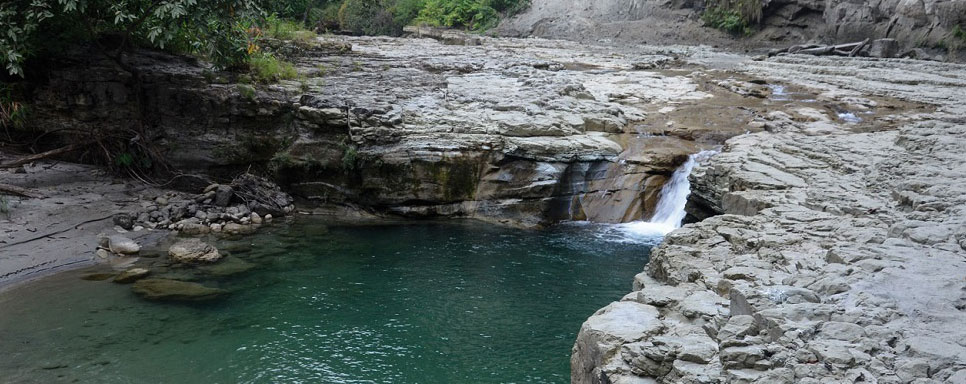Summer Relief for Wildlife at Valmiki Tiger Reserve Under the New Water Arrangements

Located in the northwestern tip of Bihar, Valmiki Tiger Reserve (VTR) is a pristine haven for wildlife and the only tiger reserve in the state. Nestled beside the Chitwan National Park in Nepal, the reserve shares its boundaries with the Narayani-Gandak River and the Himalayan foothills, making it a uniquely biodiverse region. Spread across the districts of West Champaran, the reserve is not only rich in fauna but also in cultural and ecological significance. In recent years, Valmiki Tiger Reserve has become a model for wildlife conservation in eastern India. From habitat restoration to anti-poaching vigilance, efforts have intensified under the reserve administration. One of the most noteworthy achievements has been the growing population of tigers and leopards, indicating that conservation strategies are bearing fruit. The success is largely attributed to restricted human interference, focused habitat management, and sustainable planning.
To prevent the seasonal crisis of water scarcity during the scorching summer months, the VTR administration has taken proactive steps to ensure that wild animals do not stray into nearby human settlements in search of water. Solar-powered water pumps have been installed throughout the protected zones, particularly in remote and critical habitats. These systems provide a consistent and sustainable water supply to tigers, leopards, and herbivores such as deer, sambhar, nilgai, and gaur. In addition to technological interventions, the natural landscape of the reserve is also being revitalized. Extensive grassland development has been carried out in regions such as Madanpur, Champapur Gonauli, Valmikinagar, Dumri Raghia, Gobardhana, Chiutahan, and Harnatand, part of the Manguraha Bagh range. These grasslands are now flourishing with green vegetation, offering adequate grazing areas for herbivores.
The availability of food and water within the reserve plays a critical role in preventing animals from migrating outside their natural habitat, which often results in human-wildlife conflict. In VTR, this challenge is being addressed by maintaining both natural and artificial water sources. While the Rohua Nala, a tributary originating from the Gandak River, remains the primary natural source of water, it tends to dry up during summer. To bridge this gap, the forest department has constructed around 100 artificial water holes and tanks. These are regularly refilled by dedicated forest teams, especially in the mornings and evenings, with support from solar lighting systems.
Furthermore, the forest department has enhanced its vigilance across the reserve. 24/7 monitoring through a combination of camera traps and ranger patrols ensures that wildlife activities are tracked in real time. This dual surveillance system, both online and offline, helps in protecting the animals and responding promptly to any potential threats. Beyond water management, the reserve is also focusing on enriching the forest ecosystem by planting native grasses and fruit-bearing trees to support both herbivores and omnivores. There are also ongoing efforts to establish a suitable habitat for rhinos, signalling a broader vision for biodiversity restoration in the region.
The dedicated initiatives taken by the VTR administration demonstrate a holistic approach to wildlife conservation. By addressing core issues like water availability, food supply, habitat management, and monitoring, Valmiki Tiger Reserve is setting a benchmark in sustainable wildlife protection, all while maintaining harmony between nature and neighbouring communities.